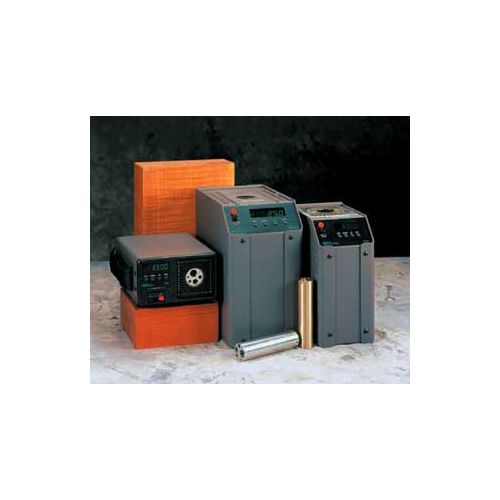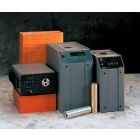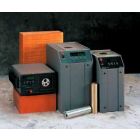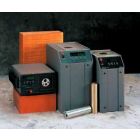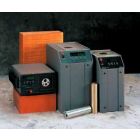Fluke Calibration 9103-DW-256 Dry-Well Calibrator
Field Dry-Well, -25 degC - 140 degC, no Insert, 220 V / 50/60 Hz
Great performance in portable instruments
- Lightweight and very portable
- Accuracy to ±0.25 °C
- RS-232 and Interface-it software included
- Easy to recalibrate
If you’ve been using a dry well calibrator or dry block calibrator for field work, you know there’s a lot more to them than temperature range and stability. Size, weight, speed, convenience, and software are also significant.
A field dry well needs to be portable, flexible, and suitable for high-volume calibrations or certifications. If it's not, you’ll soon forget about the great stuff the sales rep told you and realize what you’ve really bought.
At Fluke Calibration, we use dry well calibrators every day in our manufacturing and calibration work, and we know what makes a dry well easy and productive to use—which is exactly how users describe our series of field dry wells. These dry wells work for you instead of the other way around.
The 9103 covers below-ambient temperatures as low as –25 °C. The 9103 is stable to ±0.02 °C, and its display is calibrated to an accuracy of ±0.25 °C at all temperatures within its range. In just eight minutes, 0 °C is reached, and 100 °C is reached in six minutes, so your time is spent calibrating—not waiting.
The 9103 reaches temperatures 50 °C below ambient, so –25 °C is reached under normal ambient conditions. Our competitors like to advertise their units as reaching –45 °C when they really mean –45 °C below ambient, which typically means it will go to –20 °C. Our unit does not require you to work in a walk-in freezer to achieve its full advertised range.
 Choose one of three removable inserts sized for probes from 1/16 inch to 1/2 inch in diameter. Insert A handles a full range of probe sizes with a single well of each size. Insert B features two wells each of 3/8, 1/4, and 3/16 inches in diameter for doing comparison calibrations. Insert C has six 1/4-inch-diameter wells for multiple probe calibrations, and Insert D has three pairs of metric sized wells.
Choose one of three removable inserts sized for probes from 1/16 inch to 1/2 inch in diameter. Insert A handles a full range of probe sizes with a single well of each size. Insert B features two wells each of 3/8, 1/4, and 3/16 inches in diameter for doing comparison calibrations. Insert C has six 1/4-inch-diameter wells for multiple probe calibrations, and Insert D has three pairs of metric sized wells.

